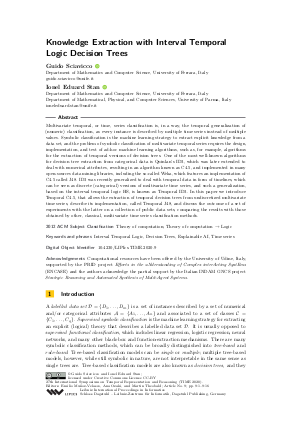LIPIcs.TIME.2020.9.pdf
- Filesize: 497 kB
- 16 pages

 Creative Commons Attribution 3.0 Unported license
Creative Commons Attribution 3.0 Unported license
















Feedback for Dagstuhl Publishing